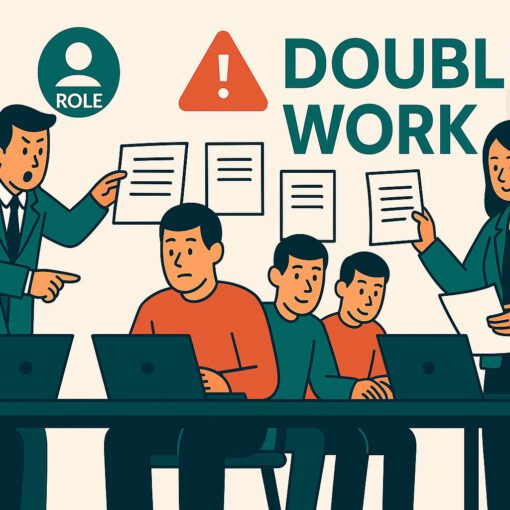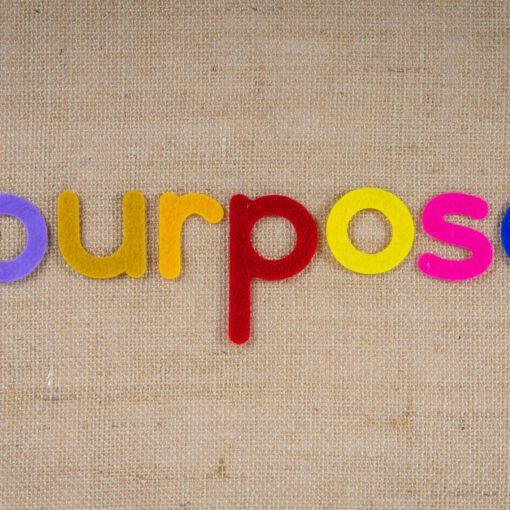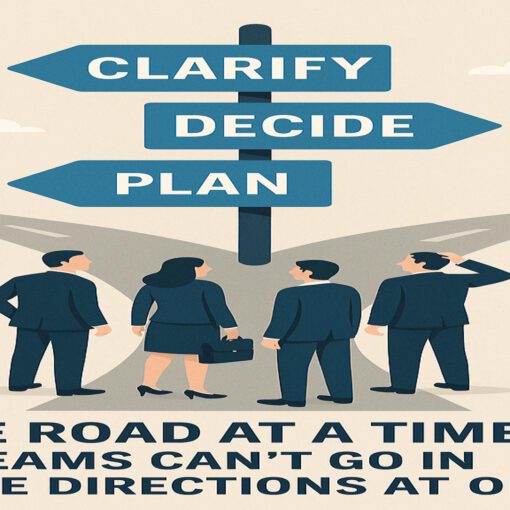Interpersonal dynamics hold the power to either drive collaboration or create friction. Transactional Analysis (TA) provides powerful tools to understand and transform these dynamics, empowering teams and organizations to foster healthier relationships and enhanced productivity.
As the owner of Empoweryourteam, I specialize in helping leaders and teams break cycles and grow. Some of the tools I found helpful in my own teams and leadership development come from TA. For example the drama triangle is great for theatre, but horrible to get stuck in as a team. So how do you recognize and escape from it?
The Drama Triangle: Understanding the Cycle of Dysfunction
The Drama Triangle (first introduced by Stephen Karpman) highlights three roles often seen in conflict: Victim, Rescuer, and Persecutor. These roles perpetuate a cycle of dysfunction, with individuals switching between them in interactions, often unconsciously.
For instance, a team member who feels overwhelmed may adopt the Victim role, expecting others to resolve their challenges. A leader stepping into the Rescuer role may inadvertently foster dependency, while a frustrated colleague might fall into the Persecutor role, blaming others for delays. The Victim subsequently might switch to the Persecutor role, blaming the leader or colleague for creating the challenge in the first place. Hereby they are invited into the Victim role and someone else may feel a Rescuer is needed. And before you know it you keep running in circles through a dramatic triangle.
The Winner’s Triangle: A Constructive Alternative
The way out can be found in reflection, recognition and consciously stepping into different behaviors. In 1990, Acey Choy proposed the Winner’s Triangle in the Transactional Analysis Journal as a framework for breaking out of the Drama Triangle. It redefines the roles into constructive alternatives:
- The Victim becomes Vulnerable, taking responsibility for their needs while seeking support appropriately.
- The Rescuer becomes Caring, helping others without fostering dependency.
- The Persecutor becomes Assertive, expressing boundaries and expectations respectfully.
By adopting these healthier roles, teams can establish a foundation of trust, mutual respect, and accountability. The way team members’ (choose to) see each other and themselves makes a huge difference.
The O.K. Corral: A Framework for Interpersonal Dynamics
Developed by Frank H. Ernst Jr. in 1971, the O.K. Corral offers a way to understand interpersonal attitudes through four quadrants:
- I’m OK, You’re OK: The ideal state, fostering mutual respect and collaboration.
- I’m OK, You’re Not OK: Reflects dominance or blame, often linked to the Persecutor role.
- I’m Not OK, You’re OK: Indicates feelings of inferiority or dependency, associated with the Victim role.
- I’m Not OK, You’re Not OK: A state of mutual dissatisfaction or a freeze response, where individuals disengage and become inactive.
Connecting the O.K. Corral and the Triangles
The Drama Triangle often reflects dynamics in the less constructive O.K. Corral quadrants. For example:
- A Victim operating from I’m Not OK, You’re OK may seek rescue, perpetuating dependency.
- A Persecutor in I’m OK, You’re Not OK blames others, creating conflict.
- The I’m Not OK, You’re Not OK quadrant, tied to the freeze state, leads to disengagement and stagnation.
The Winner’s Triangle aligns with the I’m OK, You’re OK quadrant. By adopting more constructive behaviors (like Vulnerability, Caring, and Assertiveness) team members move toward the ideal state, fostering productive collaboration and resolving conflicts constructively.
How Team Members Can Apply These Models
- Self-Reflection: Recognize your default role in the Drama Triangle. Are you often the Rescuer? Or do you feel stuck in the Victim role? Awareness is the first step toward transformation.
- Adopt Winner’s Roles: Shift from reactive to proactive behaviors. For example, instead of rescuing, offer support as a coach, encouraging autonomy. Also, being assertive in setting boundaries while showing care in supporting colleagues fosters a balanced approach.
- Foster Collaboration: Work collectively toward the I’m OK, You’re OK quadrant by setting clear expectations and respecting boundaries.
- Take Ownership: Empower yourself to take responsibility for your actions and contributions, fostering a culture of accountability.
How Leaders Can Empower Their Teams
- Model Positive Roles and self-reflection: Reflect and recognize when you step into Drama-triangle roles. Depersonalize the trap and use it as an example to help your team recognize the pattern. Embody the Winner’s Triangle roles—Vulnerable, Caring, and Assertive—to get out.
- Encourage Autonomy: Shift from micromanaging to coaching. Empower team members to take ownership of their responsibilities while providing guidance and support.
- Foster Open Communication: Create an environment where team members feel safe to express their needs and concerns. Use the O.K. Corral framework to identify and address interpersonal dynamics constructively.
- Provide Constructive Feedback: Use assertive communication to offer feedback that encourages growth and improvement without blame. Note: first make sure goals and responsibilities are clear within the team, so that feedback is appropriate to these.
Empoweryourteam: Supporting Leaders and Teams
Sometimes, the above isn’t quite enough or difficult to apply in a challenging context. Or still you feel there is more potential in your team. If you’re seeking to empower your team enhance collaboration, I offer practical tools and strategies to help you thrive.
At Empoweryourteam, I specialize in helping leaders and teams grow through tailored coaching, interventions, and consultancy. From sparring sessions for leaders to interventions for breaking unproductive interaction cycles in teams, my approach is rooted in empowering people to achieve great results. Together, we can tackle challenges, foster growth, and unlock your team’s full potential.
Conclusion
Breaking the cycle of the Drama Triangle and fostering healthier dynamics in teams doesn’t just lead to better relationships—it drives meaningful innovation and organizational success. Embracing the Winner’s Triangle and O.K. Corral helps teams and leaders alike build environments that thrive on collaboration, respect, and accountability.
References
- Karpman, S. (1968). The Drama Triangle.
- Choy, A. (1990). The Winner’s Triangle, Transactional Analysis Journal.
- Ernst, F. H. Jr. (1971). The O.K. Corral: Grid for Understanding Interpersonal Transactions.
- Teeter, J.R. (2023). The Karpman Drama Triangle, the Choy Winner’s Triangle, and the O.K. Corral as they Pertain to Academic Achievement.
- Teeter, J.R. (2023). The Karpman Drama Triangle, the Choy Winner’s Triangle, and the O.K. Corral as they Pertain to Academic Achievement.





